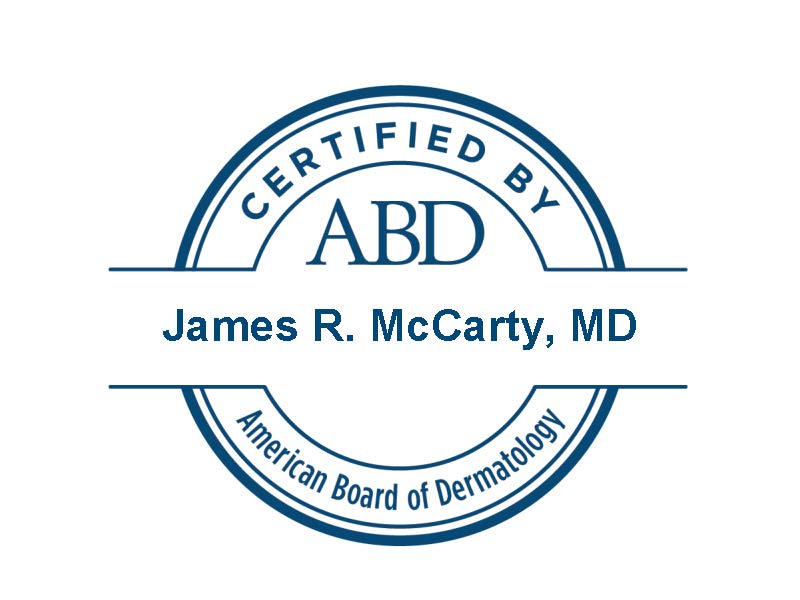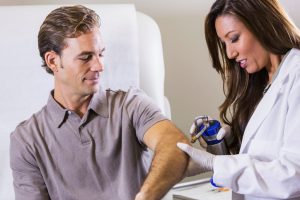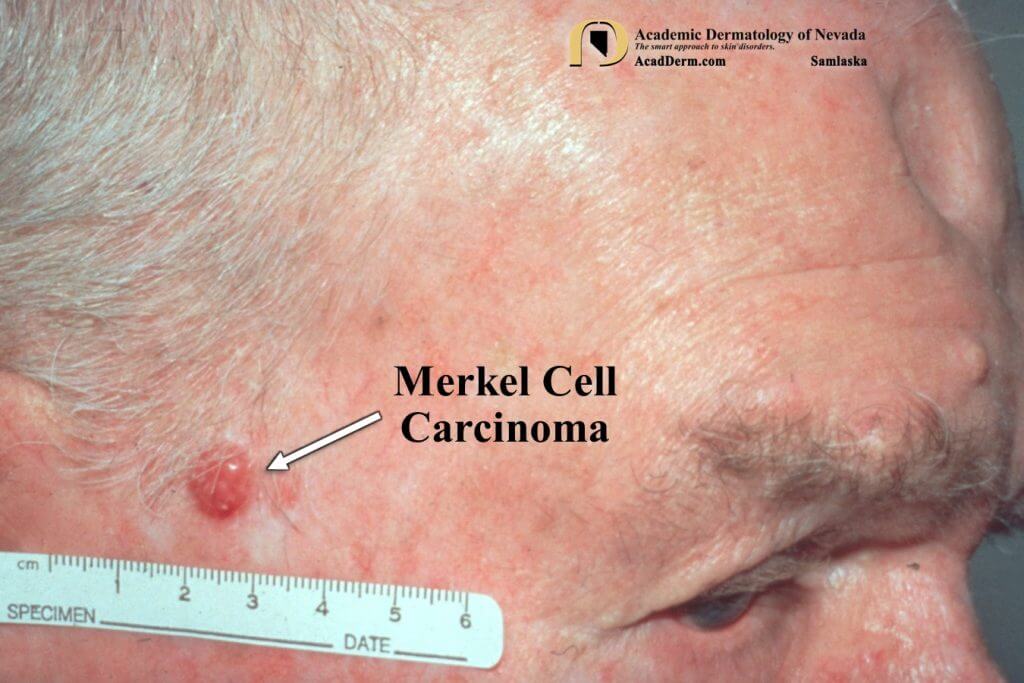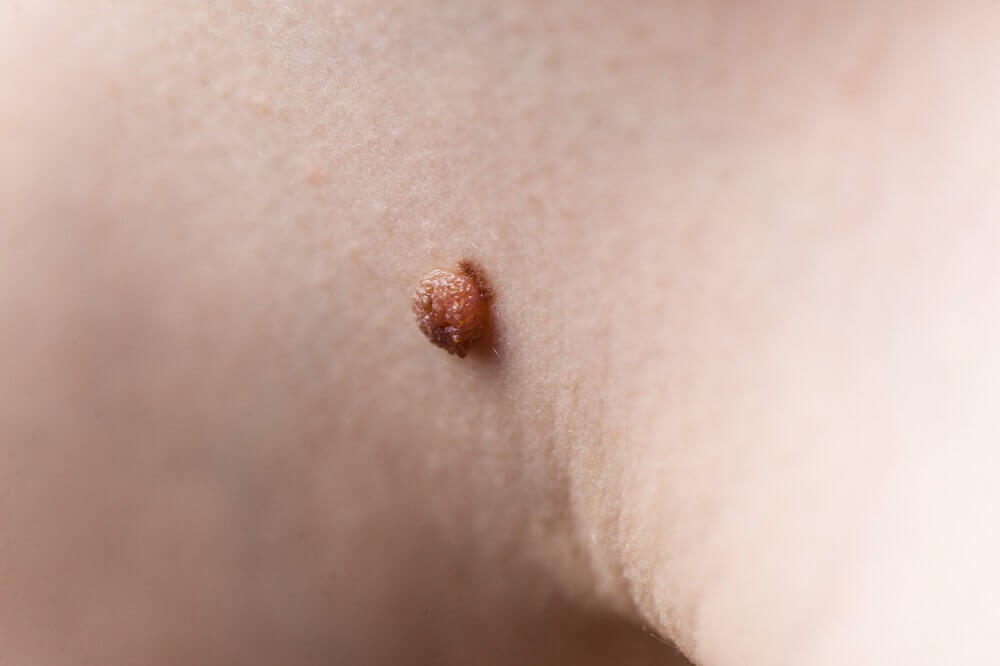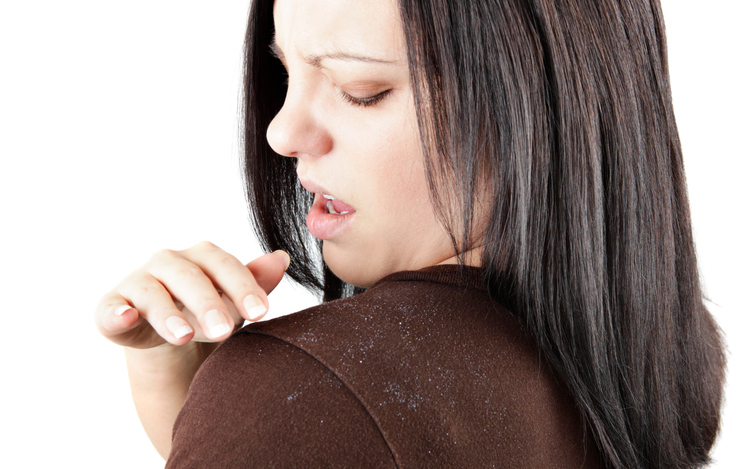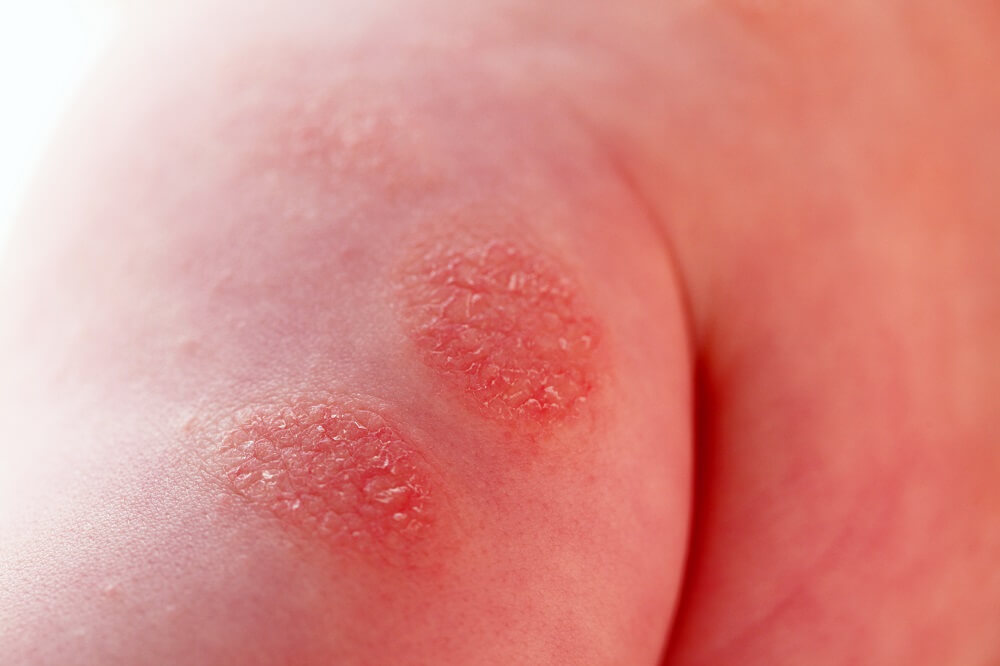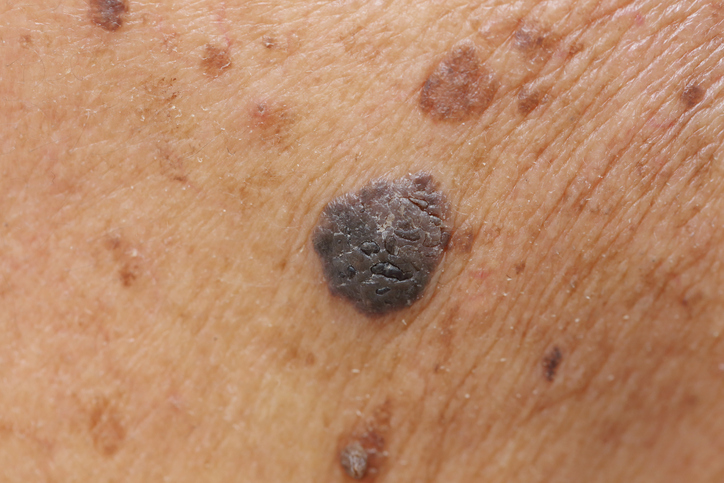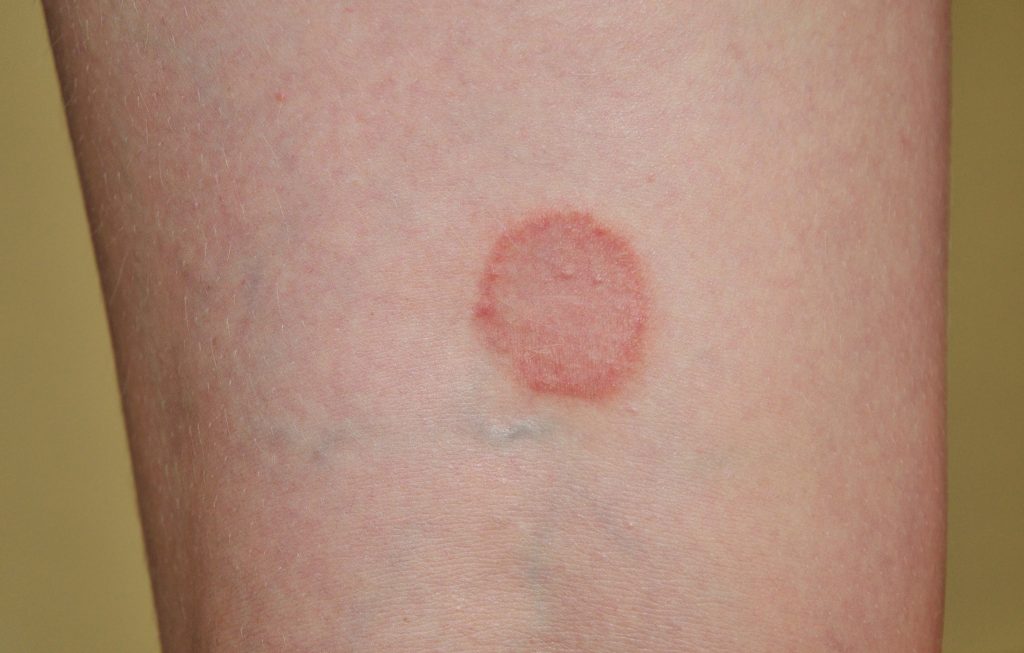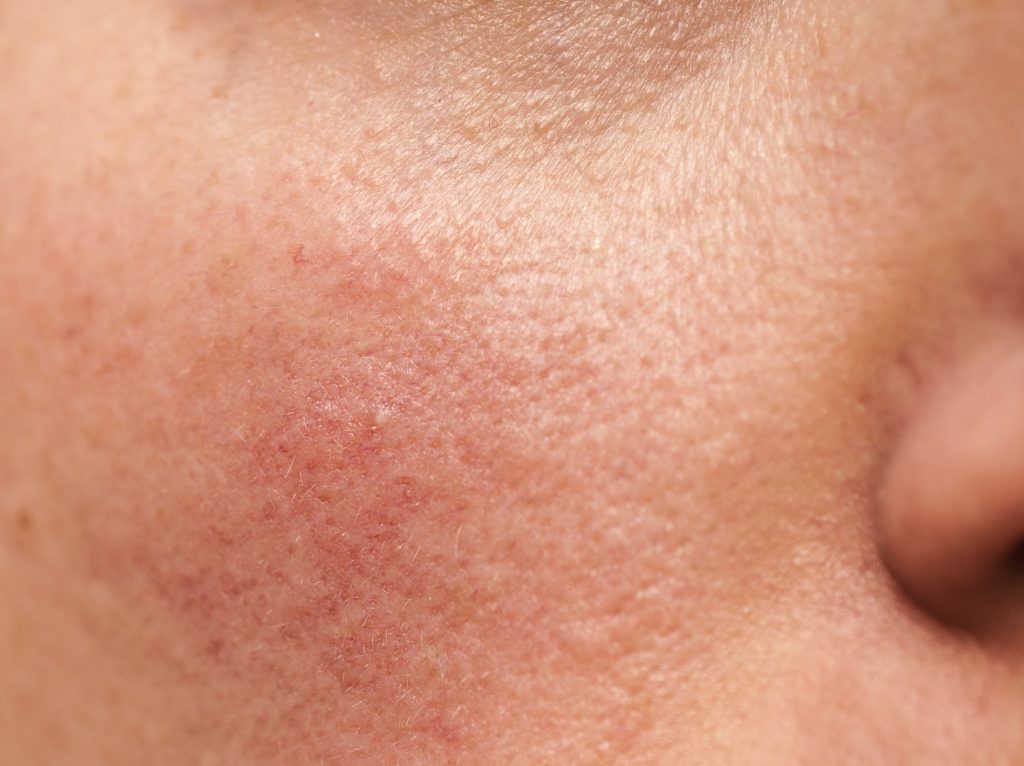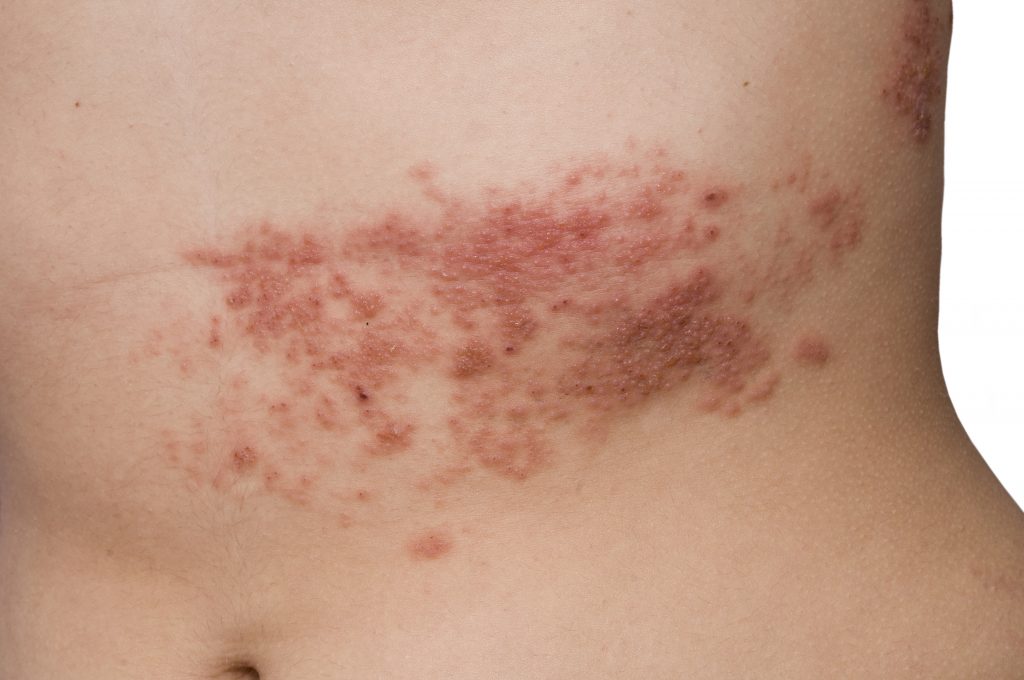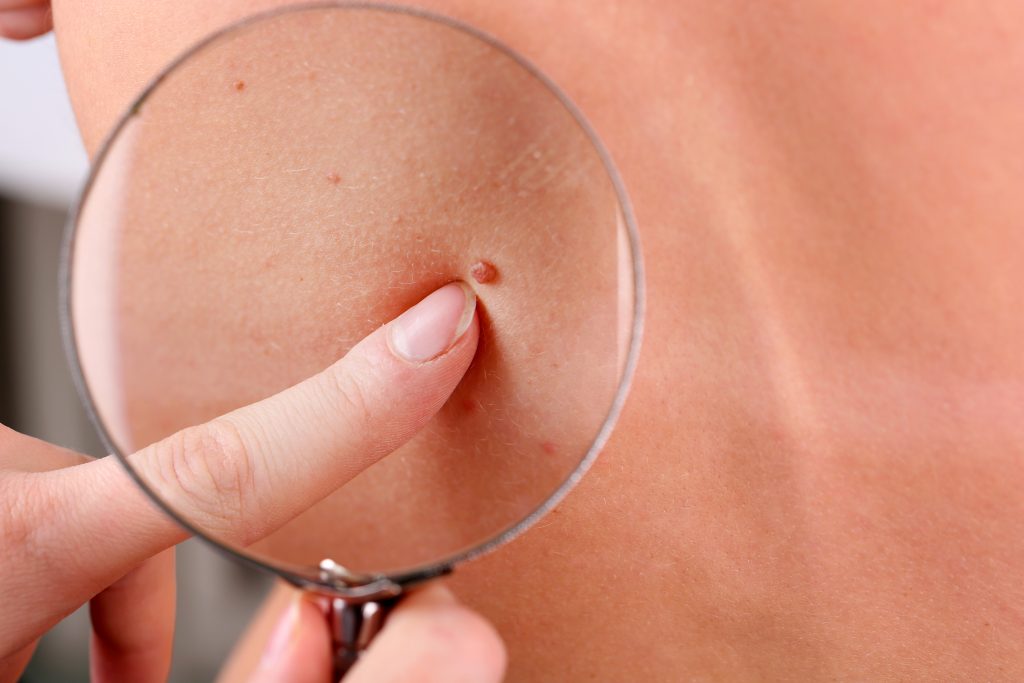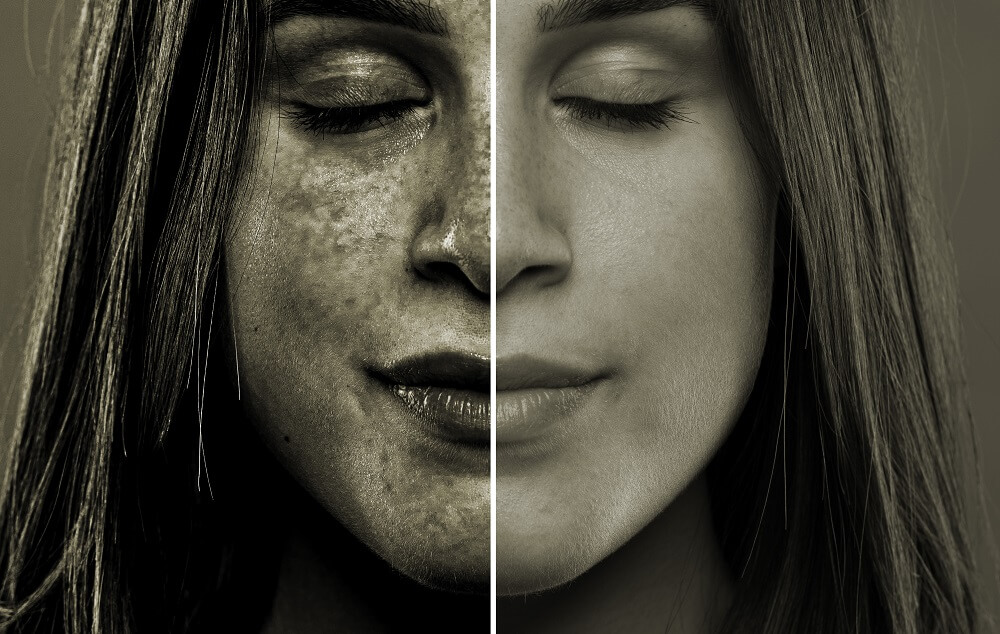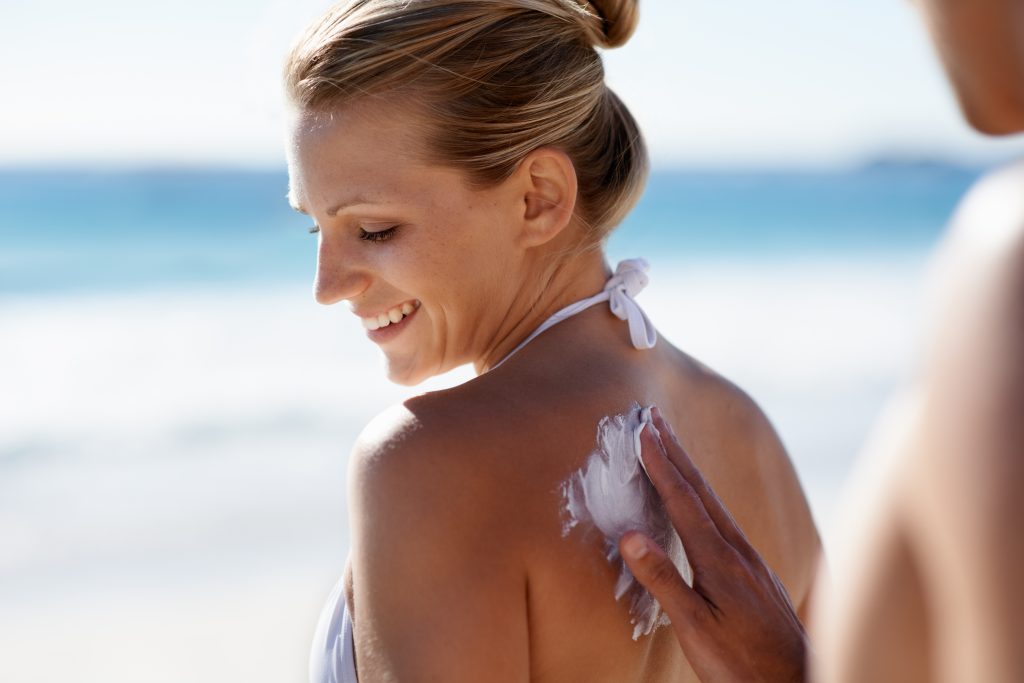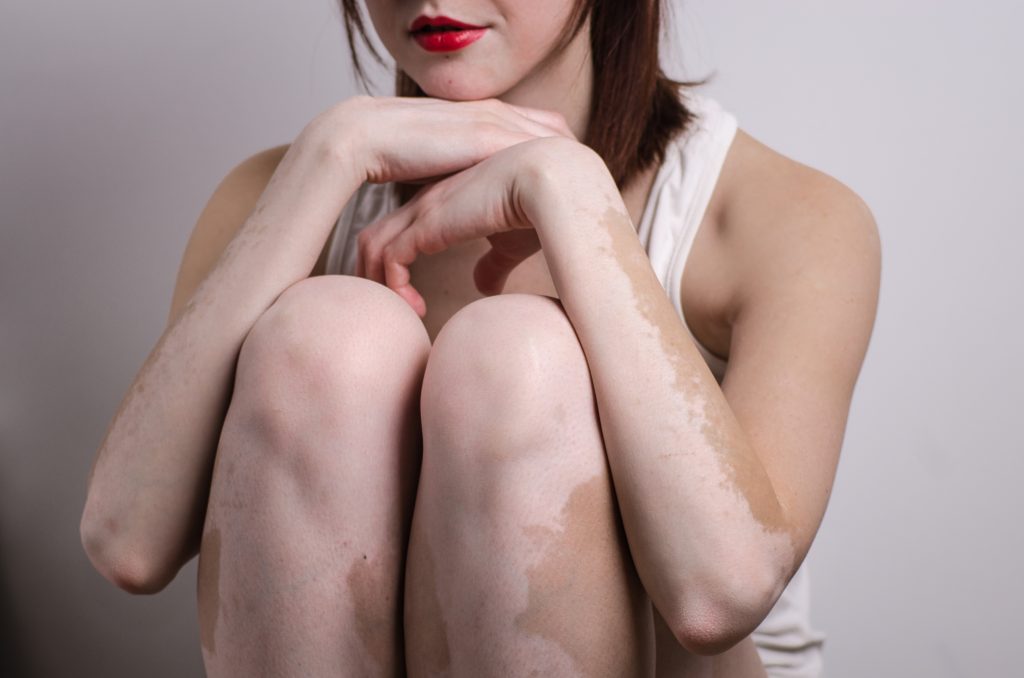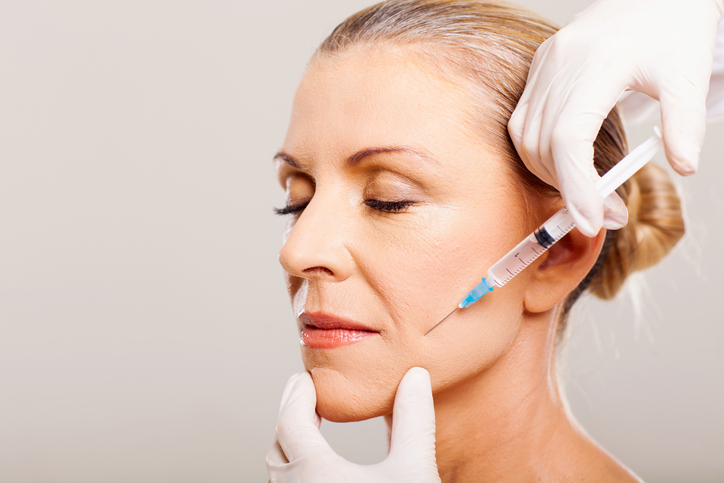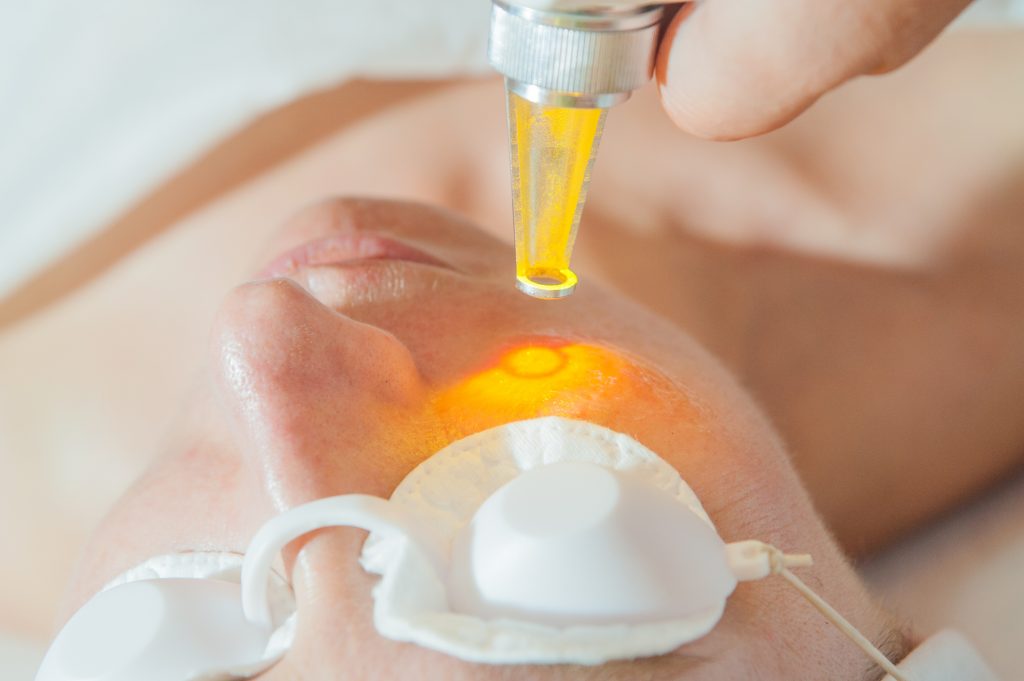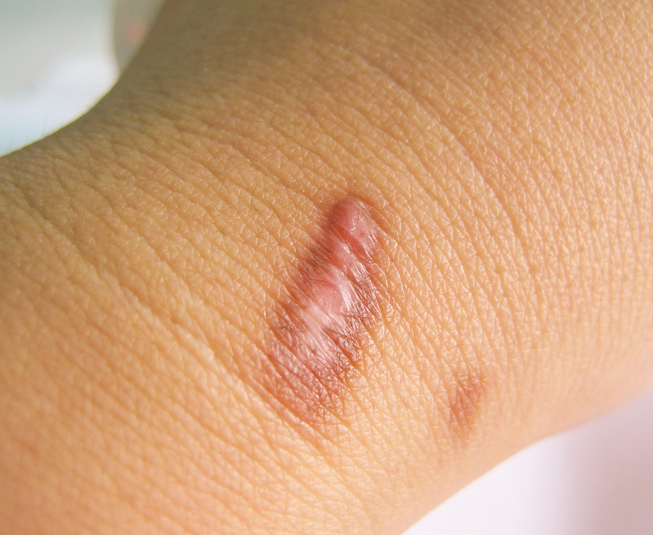Dr. James McCarty is board certified by the American Board of Dermatology and began practicing in 1979. He served as a resident in dermatology at Baylor College of Medicine Affiliated Hospitals in Houston, Texas. He had a fellowship at the department of dermatology at Baylor College of Medicine in Houston, where he received his MD. Before medical school, Dr. James McCarty received a Bachelor of Science degree from Rhodes College in Memphis, Tennessee, where he graduated with honors as a member of Phi Beta Kappa.
Dr. James McCarty is a fellow of the American Academy of Dermatology and a member of the American Society of Dermatologic Surgery, the American Society for Laser Medicine and Surgery, and the American College of Phlebology.
Dr. James McCarty treats patients in Fort Worth, Texas at U.S. Dermatology Partners South Hulen.
Specialties and Affiliations
- American Academy of Dermatology
- American Society of Dermatologic Surgery
- American Society for Laser Medicine and Surgery
- American College of Phlebology


